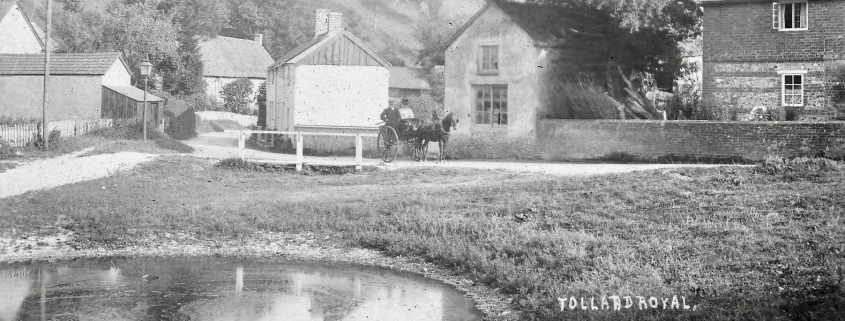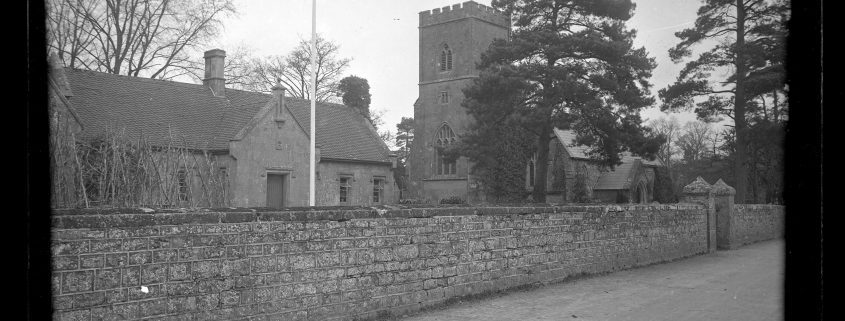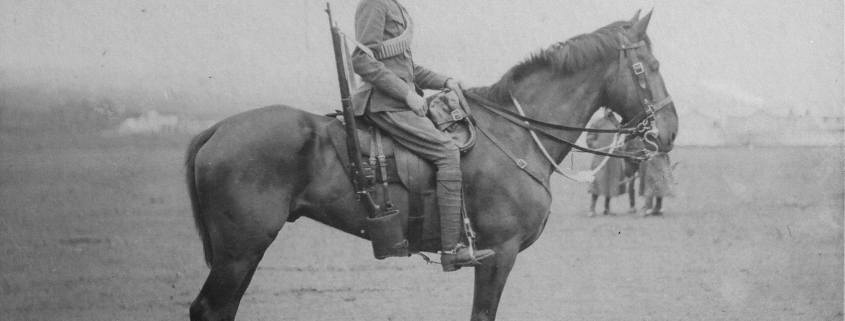Frederick George Dewey
Surname: Dewey
Other names: Frederick George
Locations in this story: Mansfield Farm, Donhead St. Andrew, WiltshireFranceTisbury, Wiltshire
Story: Frederick (Fred) George Dewey was born at Donhead St. Andrew, Wiltshire in the 1st Quarter of 1887, the son of Michael Thomas Dewey and Louisa Dewey (née Scammell). He lived all his life, apart from Military Service, in the Donhead St. Andrew area. He had served in the military from 13th August 1909 with the Army Service Corps (Service Nos. T118 and T4247356). He eventually held the rank of Farrier Staff Sergeant. He served mainly in the UK and France. He was demobilized on 25th February 1919 and was awarded the Victory and British War medals. He married Mabel Nellie Pickford in 1920 (Registered at Tisbury, Wiltshire) and they had one child. His address was Mansfield Farm, Donhead St. Andrew, Wiltshire, per the 1911 Census which shows him working as a blacksmith and by the 1921 Census it was now New Road, Donhead St. Andrew. He died in 1926 (Registered at Tisbury).
Source: Based on original research by Ken Baxter.
Source: Based on original research by Ken Baxter.
Images:
Links to related web content / sources: The National Archives














